Description
Product Alternative: PT Fendona Pressurized Insecticide
Active Ingredient: Deltamethrin – 0.06%
EPA Registration No.: 279-9554
Product Use Directions:
This product has residual action which keeps on killing for up to 8 weeks after you spray. Remove pets, birds and cover fish aquariums before spraying. Test first for staining on an inconspicuous piece prior to use.
- Hold container upright.
- Do not spray up into air.
- Remove protective cap and direct spray away from face.
- Hold can 12-15 inches from surface being sprayed.
- Press button down and spray as directed.
- Spray surface until slightly wet.
INDOORS:
Crack and Crevice, Spot, and Surface Treatments: For the control of all labeled pests, apply thoroughly to all insect harborage areas, especially in cracks and crevices, and hidden areas around sinks and storage areas, behind baseboards, around doors and windows, behind and under cupboards, cabinets, refrigerators, dishwashers, sinks and stoves, the underside of shelves, drawers, bookcases, furniture and similar areas. Repeat as necessary. In the home, do not allow spray to contact food/feed surfaces. If it does, clean surfaces with soap and water. Do not apply directly to food.
Food/Feed Handling Establishments: Cover or remove exposed food/feed from the treatment area prior to application. All food processing surfaces should be covered during treatment or thoroughly washed before use. Do not apply directly to food or food-handling surfaces. This product is for use in Federally Inspected Meat and Poultry Plants as a crack and crevice treatment. Except in federally inspected meat and poultry plants, spot or crack and crevice applications may be made while the facility is in operation. 1 second spray per spot. General surface applications must be used only when the facility is not in operation provided exposed food/feed and all food/feed processing and/or handling equipment.has been covered or removed prior to application. After application in food/feed processing plants, cafeterias and similar facilities, wash all equipment, benches, shelving and other surfaces which food/feed will contact. Food/Feed handling establishments are defined as places other than private residences in which exposed food/feed is held, processed, prepared or served. Included also are areas for receiving, storing, packing (canning, bottling, wrapping, boxing), preparing, edible waste storage and enclosed processing systems (mills, dairies, edible oils, syrups) of food/feed. Serving areas where food/feed is exposed and the facility is in operation are also considered food/feed area.
Non-Food/Non-Feed Areas: Examples of non-food/non-feed areas include garbage rooms, lavatories, floor drains (to sewers), entries and vestibules, offices, locker rooms, machine rooms, boiler rooms, mop closets and storage (after packaging, canning or bottling). All areas that insects inhabit or through which insects may enter should be treated.
Crawling Insects: Apply as a spot, crack and crevice, or surface application to breeding areas, nesting sites, hiding places, and other places where crawling insects are found.
Bedbugs: Remove linens and wash before reuse. Apply to mattresses, especially tufts, folds and edges until moist. Apply to the interior of the frame. Allow to dry before remaking bed. Treat baseboards, molding and spot treat floors.
Ticks and Fleas on Surfaces: Remove pet bedding and destroy or clean thoroughly. Spray pet resting quarters. Adult fleas and larvae contacted by spray will be killed. Put fresh bedding down once spray has dried. Do not spray animals directly. For best results, pets should be treated with an appropriate product before allowing them to return to the treated area. Spray rugs and carpets where infestations are bad. Test first for staining on an inconspicuous piece prior to use.
OUTDOORS
Crawling Insects on Outside Surfaces of Buildings: Spray foundation of building where insects are active and may find entrance up to a height of 2 to 3 feet. Apply as a residual spray to outside surfaces of buildings where insects tend to congregate. Spray areas include areas such as screens, window frames, eaves, porches, patios, garages and refuse dumps. Spray infested surface of patio or picnic area, hitting as many insects as possible. Also spray legs of tables and chairs to repel ants.
Ants: Apply to ant trails, around doors and windows and other places where ants maybe found.
Flying & stinging insects: Use only on outdoor surfaces. Spray outside surfaces of window and door frames and other areas where these pests may enter the home. Also spray localized resting areas, such as under eaves, porches, light fixtures and cords, railings, etc. where these insects may rest. Insects coming to rest on treated surfaces will be killed.
WOOD INFESTING INSECTS: Carpenter Ants, Carpenter Bees, and Termites (Subterranean, Formosan and Drywood) – The following applications are not a substitute for mechanical alteration, soil treatment or foundation treatment but merely a supplement for controlling active infestations of wood destroying insects including Subterranean, Formosan, and Drywood termites. This product is not recommended as sole protection against termites. For active indoor termite infestations, get a professional inspection. For control inside and outside of structures, apply as general surface, spot, crack and crevice or wall void application. To kill wood destroying insect infestations in localized above-ground areas of the structure, inject into galleries or voids in damaged wood, or into spaces between damaged wooden structural members. Locate galleries by visual signs of wood destroying insect infestation or through the use of mechanical sounding techniques. Where necessary, penetrate the galleries or voids by drilling holes to receive the injector tip. Distribute drill holes to adequately treat the infestation. Applications must be made to inaccessible structure voids by drilling and then injecting into the infested void.
For termites: The purpose of such applications is to kill workers or winged forms which any may be present in the treated areas at the time of application.
For carpenter bees: Following treatment, the entrance holes must be left open 24 hours to be certain that returning adult bees are killed. When there is no activity, the hole may be sealed with a suitable sealant.
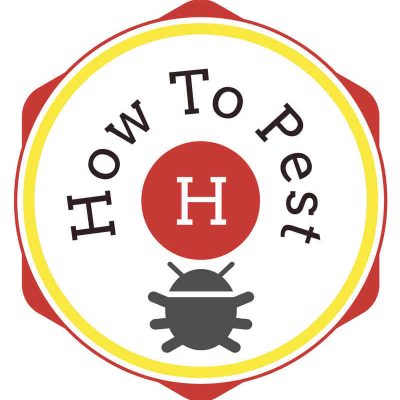

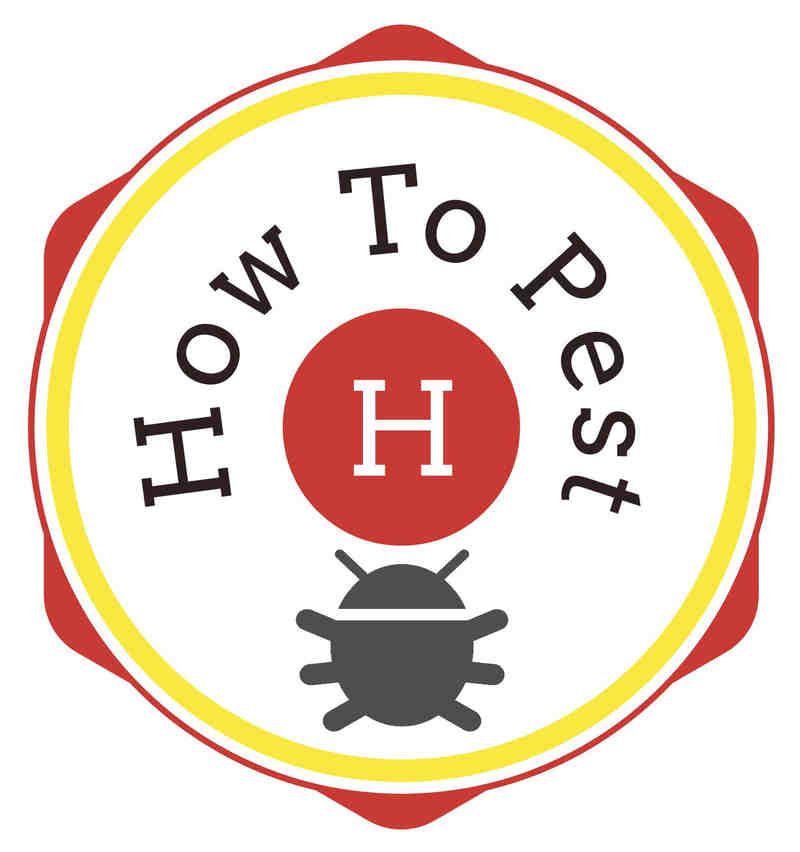

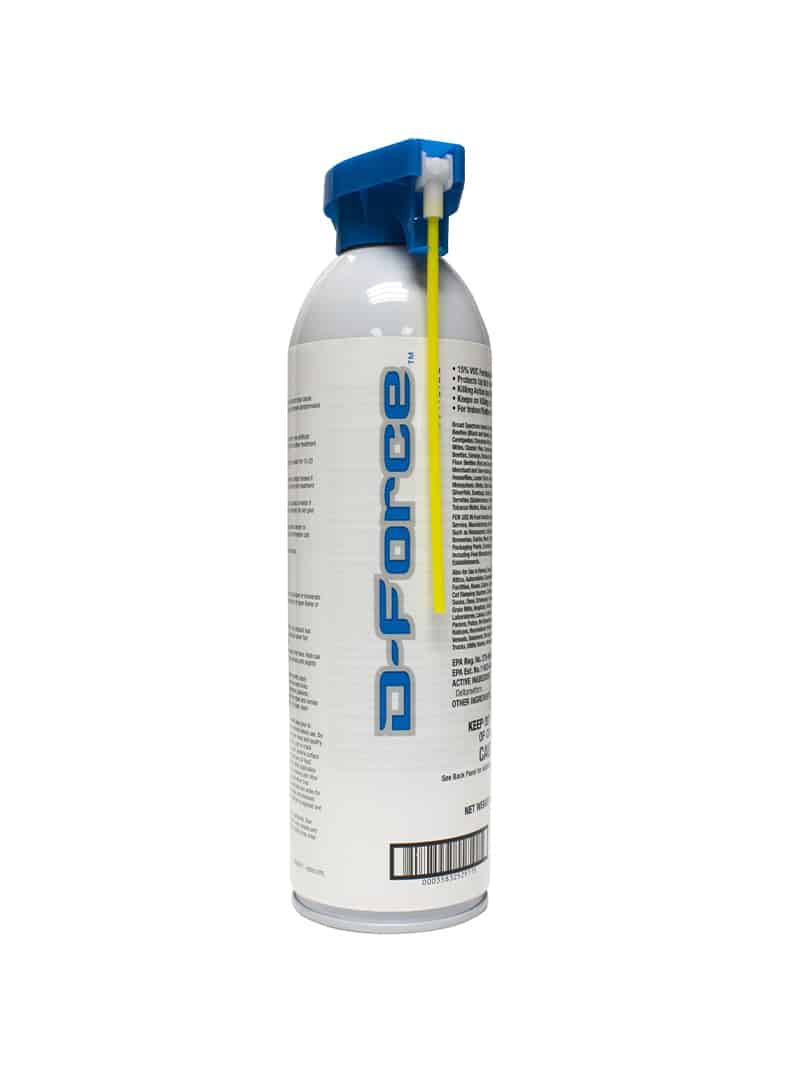

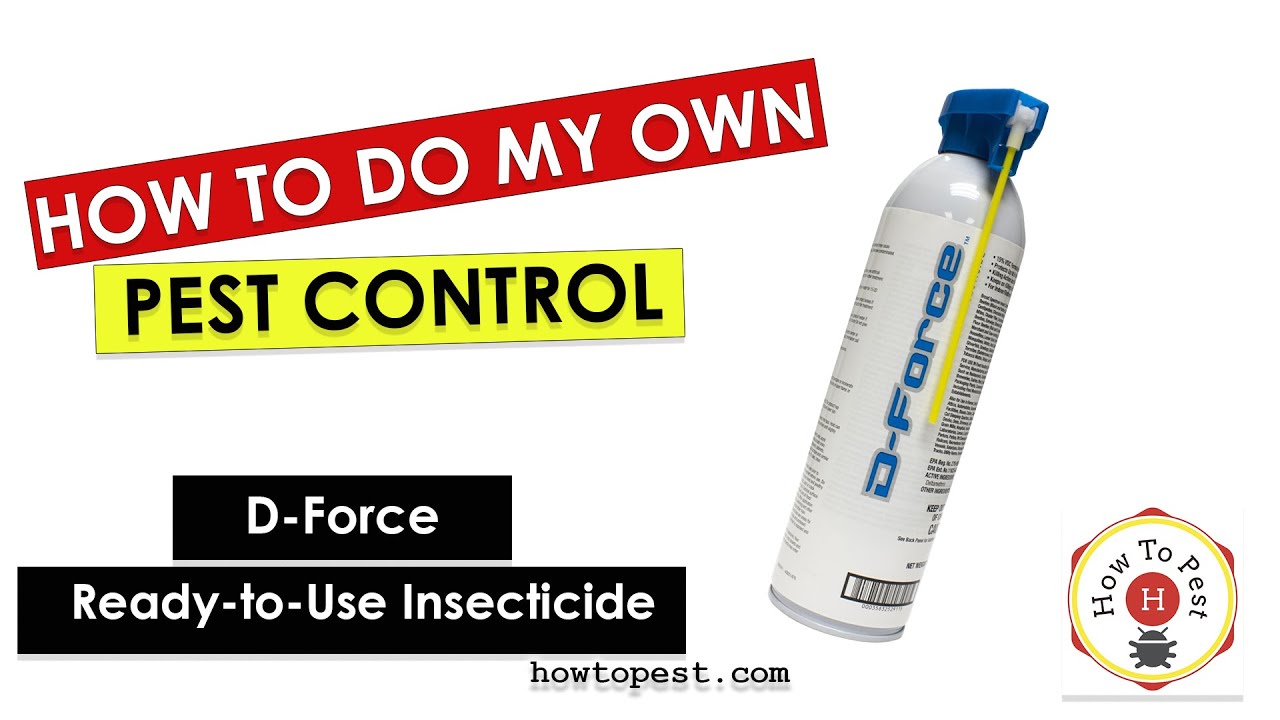
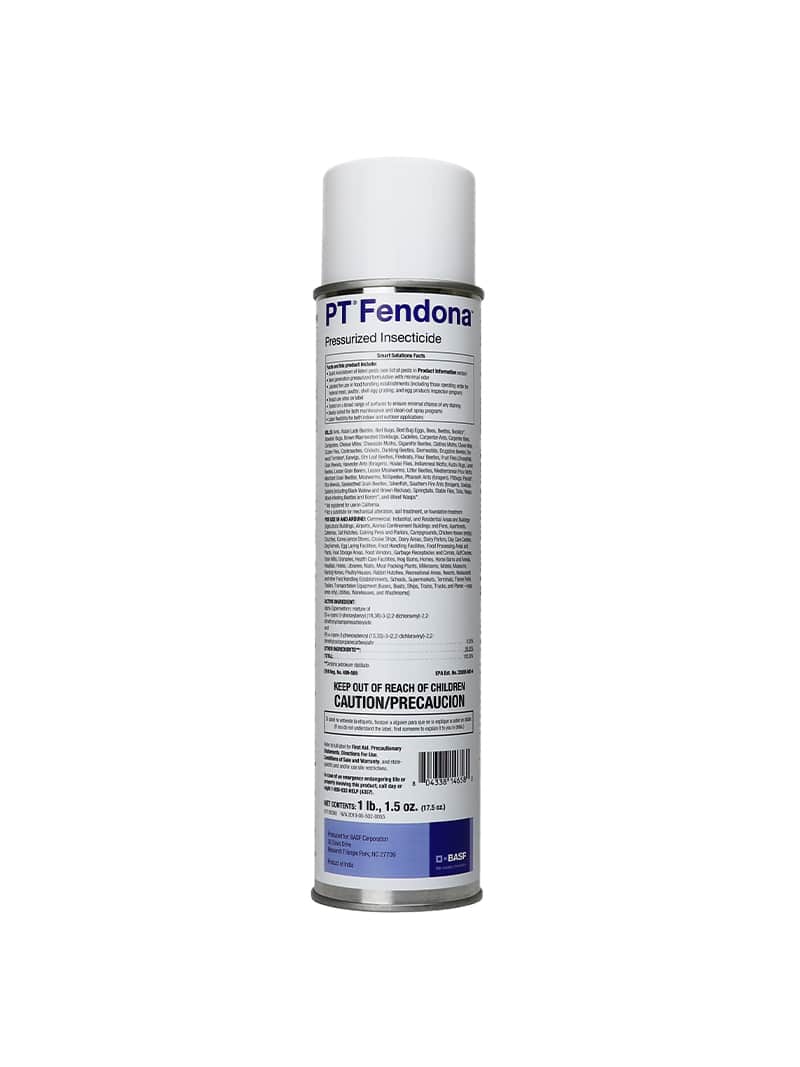
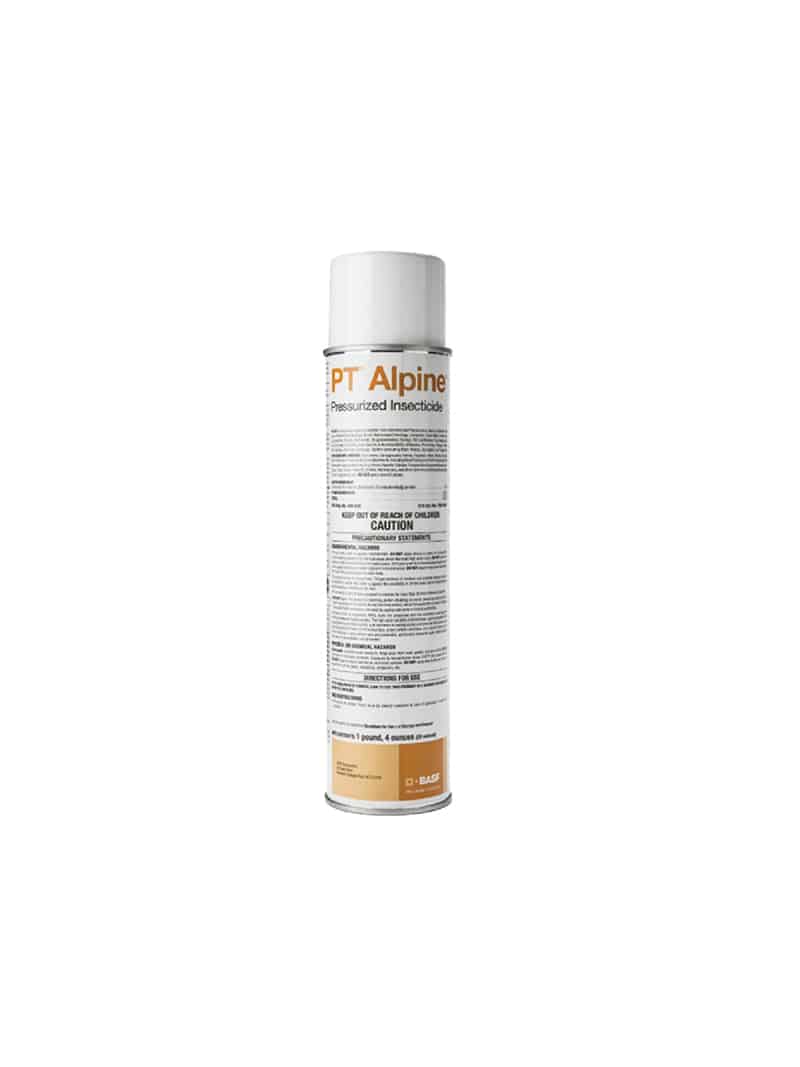
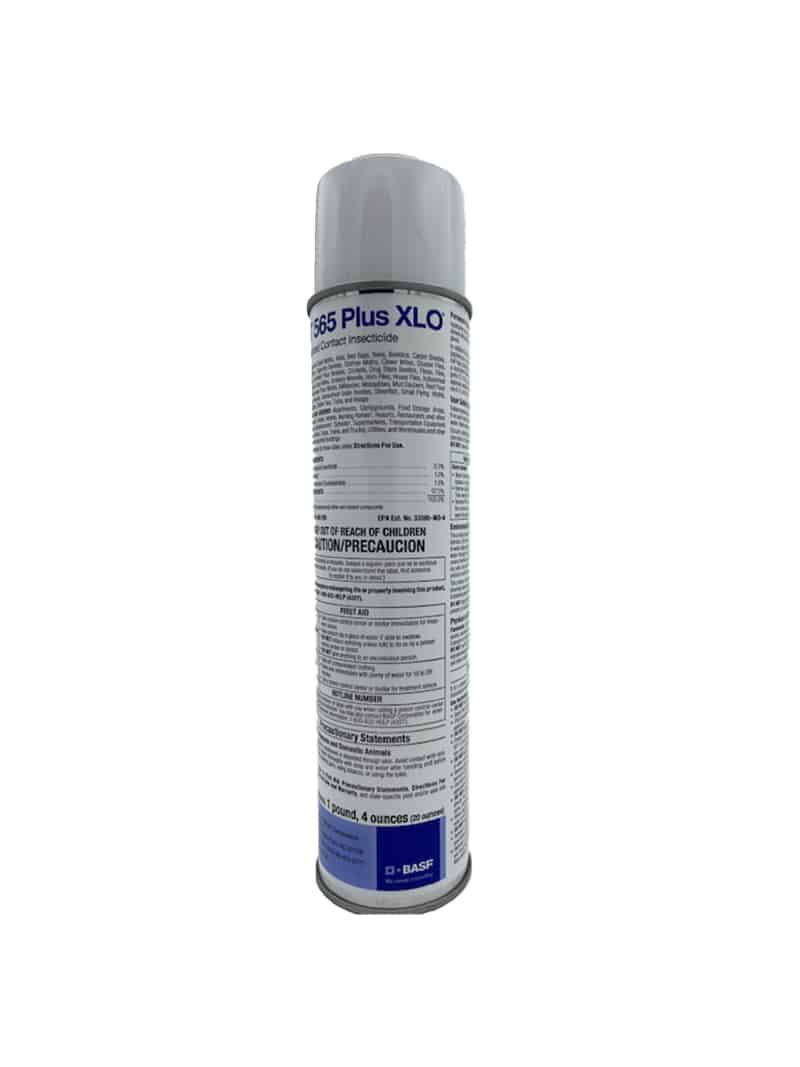
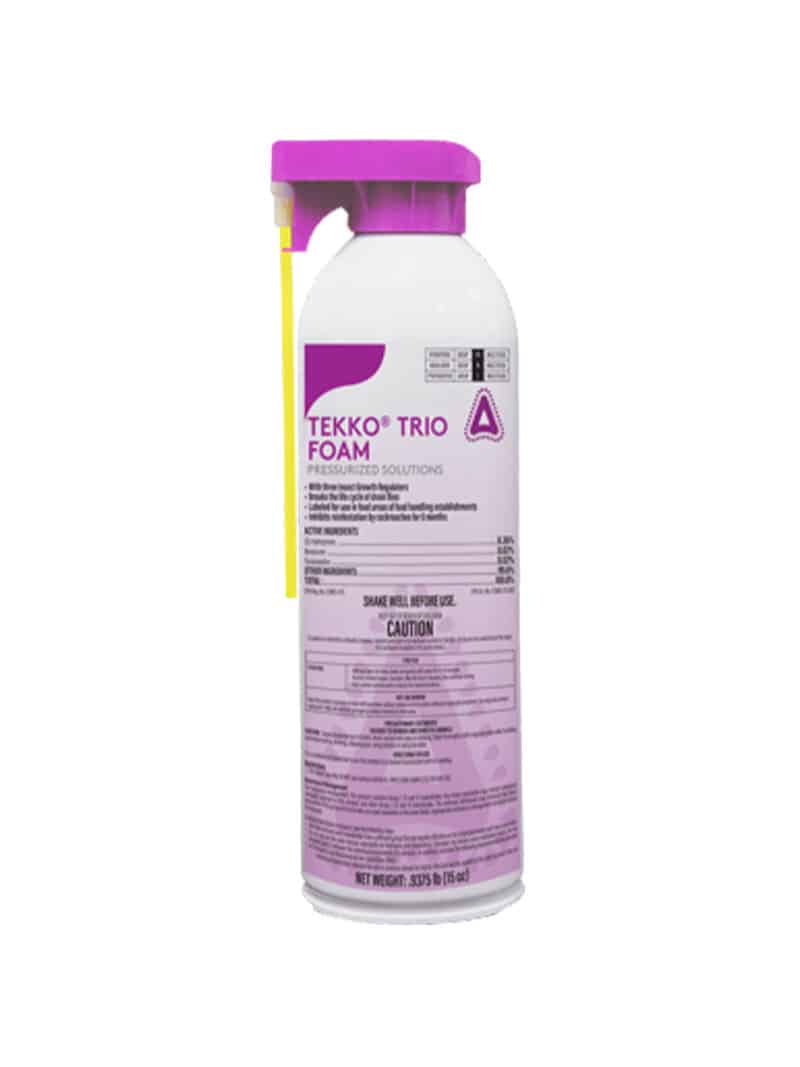

Reviews
There are no reviews yet